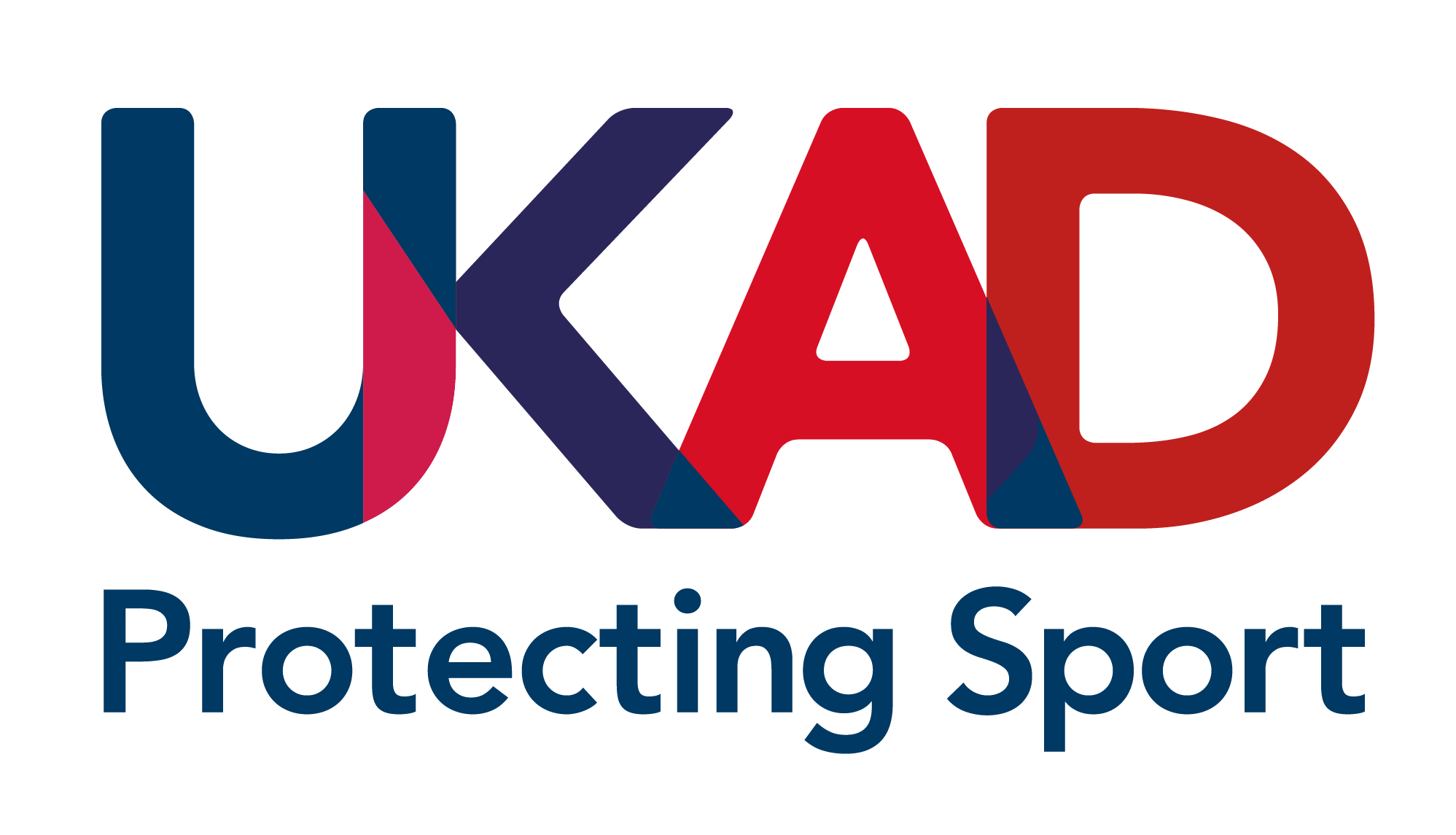.png)
As well as Safeguarding Children and Young People, BaseballSoftballUK also safeguards Adults at Risk. The criteria for Safeguarding Adults is very different to Safeguarding Children and below are the main definitions, categories and principles of Safeguarding Adults.
For more information on Adult Safeguarding please visit the Ann Craft Trust (Safeguarding Adults leaders in UK) website
The BSUK Safeguarding Adults Policy can be downloaded here
Safeguarding Adults at Risk - Definitions
“Vulnerable adult”
The definition of “vulnerable adult” originated in the 1997 Consultation Document “Who Decides?” ‘No Secrets’ was then published as government guidance for developing and implementing multi-agency policies and procedures to protect vulnerable adults from abuse. Introduced in 2000 it encouraged organisations to work together to protect vulnerable adults from abuse.
The definition and use of “vulnerable adult” from No Secrets (2000) will have been used in many older safeguarding vulnerable adults policy and procedures but should now be replaced with the new definition from the Care Act (2014).
“Adults at risk of harm”
We have now moved away from the terminology of ‘vulnerable adults’ towards ‘adults at risk of harm’, usually shortened to ‘adults at risk’ in policies and procedures. There may also be reference to an ‘adult with a care and support need’.
The policy and procedures that any organisation implements should reflect this and include the current definition of adults at risk rather than that of vulnerable adults.
The Care Act 2014 makes it clear that abuse of adults links to circumstances rather than the characteristics of the people experiencing the harm. Labelling groups of people as inherently ‘vulnerable’ is seen to be disempowering.
For organisations this shift in language can be confusing. Some organisations had found it helpful to refer to specific categories of people who may be at increased risk of harm, for example adults with a physical or learning disability or older people.
Safeguarding Adults at Risk
“Adult safeguarding” is working with adults with care and support needs to keep them safe from abuse or neglect. It is an important part of what many public services do, and a key
responsibility of local authorities.’ – Care Act 2014
All organisations have a duty to ensure that the welfare of all adults is ensured. As part of this they need to understand when to implement their safeguarding adults reporting procedures.
Safeguarding duties apply to an adult who:
- Has needs for care and support (whether or not the local authority is meeting any of those needs) and;
- Is experiencing, or is at risk of, abuse or neglect; and;
- As a result of those care and support needs is unable to protect themselves from either the risk of, or the experience of, abuse or neglect.
Types of Harm
Learn more about the 14 categories of abuse that may be experienced by adults.
The Care Act recognises 10 categories of abuse that may be experienced by adults.
Categories of Abuse in the Care Act
Self-neglect
This covers a wide range of behaviour, but it can be broadly defined as neglecting to care for one’s personal hygiene, health, or surroundings. An example of self-neglect is behaviour such as hoarding.
Modern Slavery
This encompasses slavery, human trafficking, forced labour, and domestic servitude.
Domestic Abuse
This includes psychological, physical, sexual, financial, and emotional abuse perpetrated by anyone within a person’s family. It also includes so-called “honour” based violence.
Discriminatory
Discrimination is abuse that centres on a difference or perceived difference, particularly with respect to race, gender, disability, or any of the protected characteristics of the Equality Act.
Organisational
This includes neglect and poor care practice within an institution or specific care setting, such as a hospital or care home, or in relation to care provided in one’s own home. Organisational abuse can range from one off incidents to ongoing ill-treatment. It can be through neglect or poor professional practice as a result of the structure, policies, processes and practices within an organisation.
Physical
This includes hitting, slapping, pushing, kicking, restraint, and misuse of medication. It can also include inappropriate sanctions.
Sexual
This includes rape, indecent exposure, sexual harassment, inappropriate looking or touching, sexual teasing or innuendo, sexual photography, subjection to pornography or witnessing sexual acts, indecent exposure and sexual assault, or sexual acts to which the adult has not consented, or was pressured into consenting.
Financial or Material
This includes theft, fraud, internet scamming, and coercion in relation to an adult’s financial affairs or arrangements, including in connection with wills, property, inheritance or financial transactions. It can also include the misuse or misappropriation of property, possessions, or benefits.
Neglect and Acts of Omission
This includes ignoring medical or physical care needs and failing to provide access to appropriate health social care or educational services. It also includes the withdrawing of the necessities of life, including medication, adequate nutrition, and heating.
Emotional or Psychological
This includes threats of harm or abandonment, deprivation of contact, humiliation, blaming, controlling, intimidation, coercion, harassment, verbal abuse, isolation, or withdrawal from services or supportive networks.
Four Additional Types of Harm
There are four additional types of harm that are not included in The Care Act, but they are also relevant to safeguarding adults.
Cyber Bullying
Cyber bullying occurs when someone repeatedly makes fun of another person online, or repeatedly picks on another person through emails or text messages. It can also involve using online forums with the intention of harming, damaging, humiliating, or isolating another person. It includes various different types of bullying, including racist bullying, homophobic bullying, or bullying related to special education needs and disabilities. The main difference is that, instead of the perpetrator carrying out the bullying face-to-face, they use technology as a means to do it.
Forced Marriage
This is a term used to describe a marriage in which one or both of the parties are married without their consent or against their will. A forced marriage differs from an arranged marriage, in which both parties consent to the assistance of a third party in identifying a spouse. The Anti-Social Behaviour, Crime and Policing Act 2014 make it a criminal offence to force someone to marry.
Mate Crime
A “mate crime” is when “vulnerable people are befriending by members of the community who go on to exploit and take advantage of them” (Safety Network Project, ARC). It may not be an illegal act, but it still has a negative effect on the individual. A mate crime is carried out by someone the adult knows, and it often happens in private. In recent years there have been a number of Serious Care Reviews relating to people with a learning disability who were seriously harmed, or even murdered, by people who purported to be their friend.
Radicalisation
The aim of radicalisation is to inspire new recruits, embed extreme views and persuade vulnerable individuals to the legitimacy of a cause. This may be direct through a relationship, or through social media.
Who Might Abuse Adults?
Abuse and neglect might be carried out by anyone in contact with adults, even by people employed to provide care.
There may be indicators that adults are experiencing harm from people within your organisation, such as volunteers, members of staff, or other members of the public. Or they may be experiencing harm from those connected with their life outside your organisation, such as a carer or a spouse.
This may include:
- Spouses, friends, family and neighbours
- People employed to provide care
- Paid staff or professionals
- Volunteers
- Strangers
Six Principles of Adult Safeguarding
The principles set out by The Care Act that underpin the safeguarding of adults.
Empowerment
People are supported and encouraged to make their own decisions and informed consent.
“I am asked what I want as the outcomes from the safeguarding process and this directly inform what happens.”
Prevention
It is better to take action before harm occurs.
“I receive clear and simple information about what abuse is. I know how to recognise the signs, and I know what I can do to seek help.”
Proportionality
The least intrusive response appropriate to the risk presented.
“I am sure that the professionals will work in my interest and they will only get involved as much as is necessary.”
Protection
Support and representation for those in greatest need.
“I get help and support to report abuse and neglect. I get help so that I am able to take part in the safeguarding process to the extent to which I want.”
Partnership
Services offer local solutions through working closely with their communities. Communities have a part to play in preventing, detecting and reporting neglect and abuse.
“I know that staff treat any personal and sensitive information in confidence, only sharing what is helpful and necessary. I am confident that professionals will work together and with me to get the best result for me.”
Accountability
Accountability and transparency in delivering safeguarding.
“I understand the role of everyone involved in my life and so do they.”
Making Safeguarding Personal
Rather than following a prescribed system, safeguarding must take into account the individual choices and requirements of everyone involved.
“Nothing about me without me.”
Alongside the increased need to recognise the importance of safeguarding adults as well as children, there has also been a cultural shift towards Making Safeguarding Personal within the safeguarding process.
This is a shift from prioritising outcomes demanded by bureaucratic systems. The safeguarding process used to involve gathering a detailed account of what happened, and determining who did what to whom. Now the outcomes are defined by the person at the centre of the safeguarding process.
The safeguarding process now places a stronger emphasis on achieving satisfactory outcomes that take into account the individual choices and requirements of everyone involved.
“What good is it making someone safer if it merely makes them miserable?” – Lord Justice Mundy, “What Price Dignity?” (2010)
What this means in practice is that adults should be more involved in the safeguarding process. Their views, wishes, feelings and beliefs must be taken into account when decisions are made.
The Care Act 2014 builds on the concept, stating that “We all have different preferences, histories, circumstances and lifestyles so it is unhelpful to prescribe a process that must be followed whenever a concern is raised.”
However, the Act is also clear that there are key issues that should be taken into account when abuse or neglect are suspected, and that there should be clear guidelines regarding this.
If you have a concern about an Adult at Risk please contact the Safeguarding team at BSUK who will be able to discuss and advise further.
If you want to report a concern, please use our online form.














.png)


